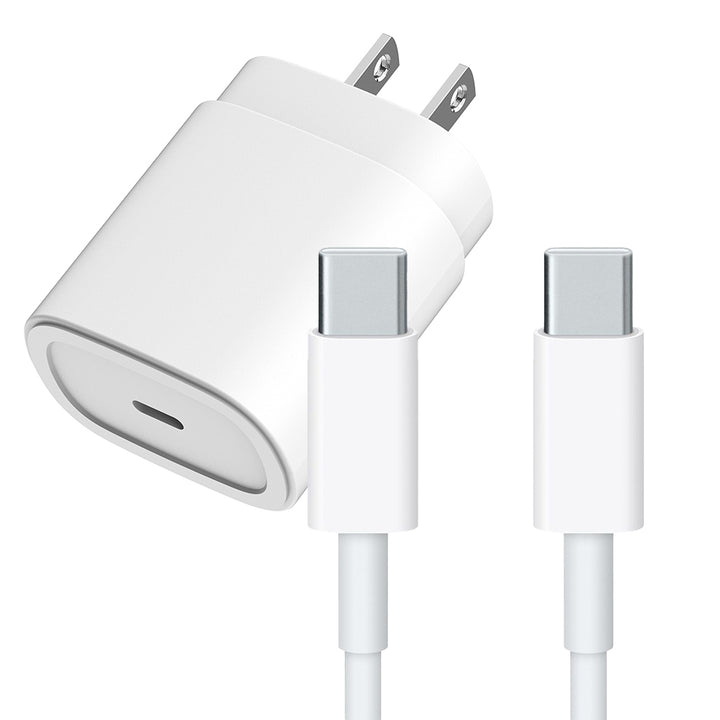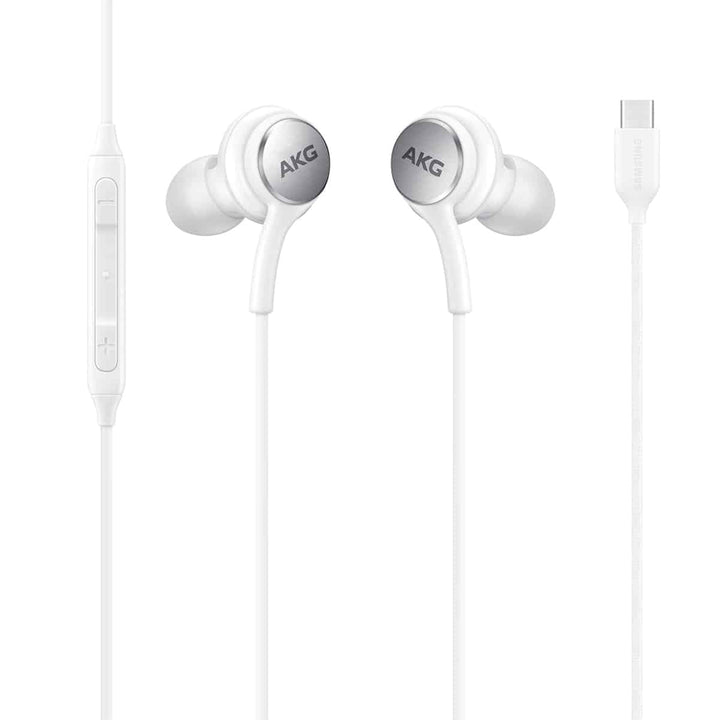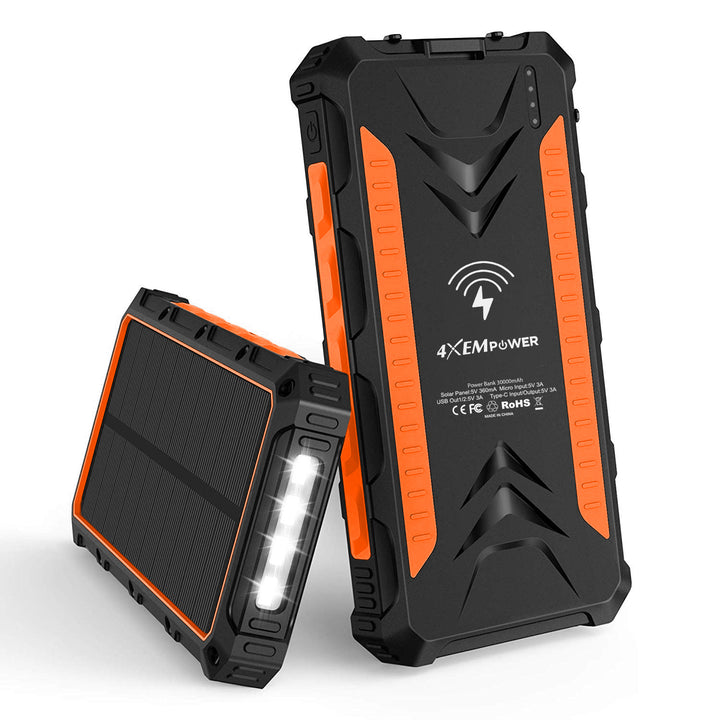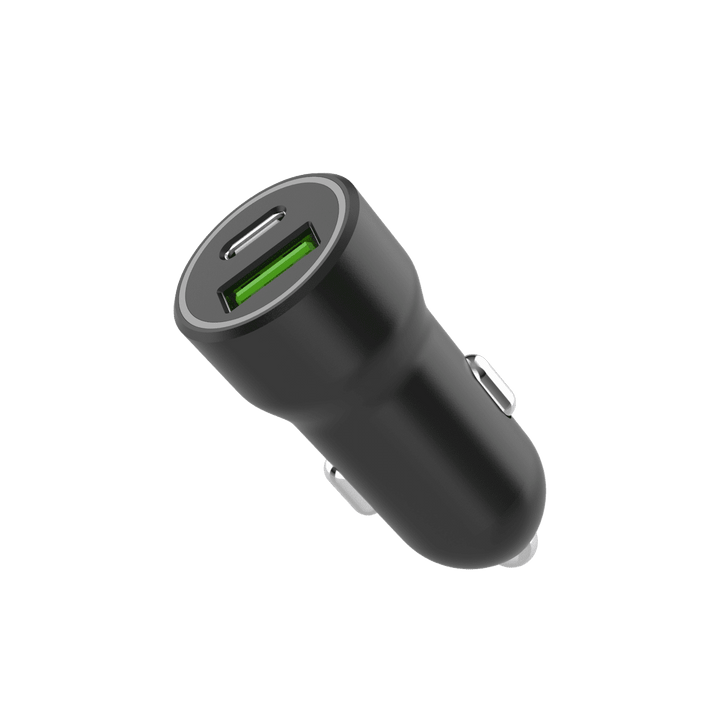Wearable Health Monitors Trend – What Are They and How to Keep them Charged Effectively
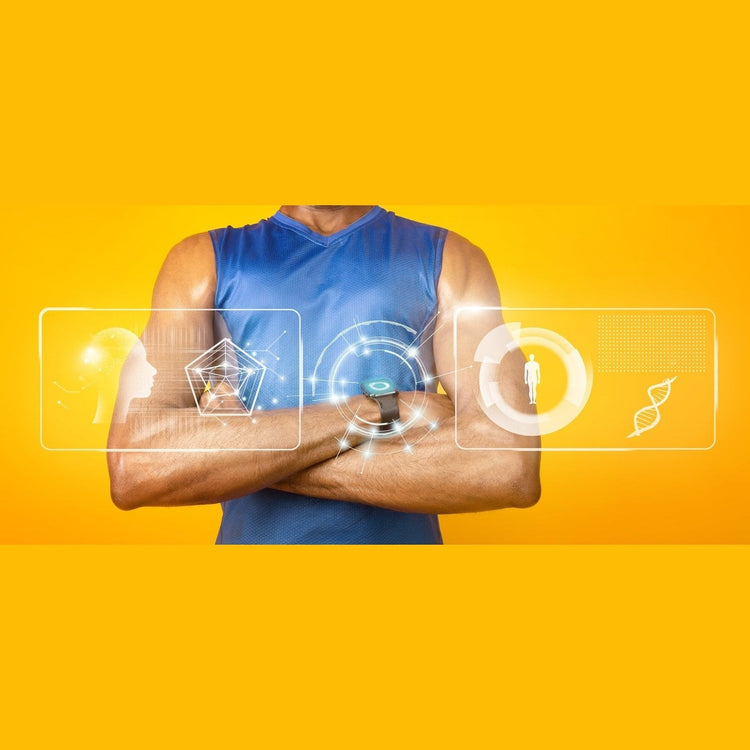
Wearable health monitors have become increasingly popular in recent years as a way to track and improve one’s overall health and fitness. These devices, which can be worn on the wrist, around the neck, or even on clothing, are designed to measure a variety of health metrics, such as heart rate, steps taken, and sleep patterns.
What are the Benefits of a Wearable Health Monitor?

One of the main benefits of wearable health monitors is their ability to provide real-time feedback on one’s physical activity. For example, a fitness tracker worn on the wrist can measure the number of steps taken throughout the day, as well as the distance and calories burned. This information can be used to set and track daily fitness goals and can help motivate individuals to stay active and reach their desired level of fitness.
Another benefit of wearable health monitors is their ability to track sleep patterns. These devices can measure the amount of time spent in different sleep stages, such as light sleep and deep sleep, as well as the number of times an individual wakes up during the night. This information can be used to identify potential sleep issues, such as insomnia, and can help individuals make changes to their sleep routine in order to improve the quality of their rest.
Wearable health monitors can also provide valuable information on heart rate. This information can help individuals monitor their heart health and can be used to identify potential issues such as an irregular heart rate or high blood pressure. This feature can also be useful for athletes, as it can be used to track the intensity of their workout and monitor their recovery.
In addition to the benefits mentioned above, wearable health monitors can also be used to track other health metrics such as blood.
oxygen levels, respiratory rate, and even mental health. Some devices even come with features such as stress tracking and guided meditation, which can help users manage their mental well-being.
Another benefit of wearable health monitors is their convenience. These devices are small and portable, making them easy to wear and use throughout the day. Many devices also come with companion apps, which allow users to track their progress, set goals, and even share their data with their doctor or other healthcare provider.
Wearable health monitors offer a wide range of benefits for individuals looking to improve their overall health and fitness. These devices provide real-time feedback on physical activity, sleep patterns, heart rate, and other health metrics, which can be used to set and track goals, identify potential issues, and make lifestyle changes. Additionally, wearable health monitors are convenient, easy to use, and can be integrated into a busy lifestyle. With their increasing popularity, it is likely that we will continue to see more advanced features and capabilities in these devices in the future.
How to Keep your Wearable Health Monitor Charged?

As with any electronic device, wearable health monitors require a power source to function. Keeping your device charged is crucial for its proper functioning and understanding the different ways to charge it is important to ensure that you never run out of power.
One of the most common ways to charge a wearable health monitor is through a USB cable. Most devices come with a USB cable that can be plugged into a computer or USB power adapter to charge the device. This method is easy to use and convenient, as it allows you to charge your device while you are working or sleeping.
Another way to charge a wearable health monitor is through a wireless charging pad. This method uses electromagnetic fields to transfer energy to the device, eliminating the need for a physical connection. Wireless charging pads are becoming more popular, and many devices now come with wireless charging capabilities. This method is especially convenient as it eliminates the need to carry around a cable and eliminates the risk of damaging the device by accidentally pulling out the cable.
Solar charging is another alternative method to charge your wearable health monitor. This method uses the energy from the sun to charge the device, and it’s a great option for outdoor activities or for those who are always on the go. Some devices come with a built-in solar panel, while others can be charged using a solar-powered charging pad.
If you’re looking for a more sustainable way to charge your wearable health monitor, kinetic charging is a great option. This method uses the energy generated by your own movement to charge the device, such as the motion of your wrist or arm. Devices with kinetic charging capabilities can convert this energy into electricity, which can be used to charge the device.
Finally, some wearable health monitors come with the option of interchangeable batteries. This method allows you to replace the battery in the device when it runs out of power, instead of recharging it. This is a great option for those who are away from a power source for extended periods of time and can’t charge the device.
Solve your Charging Problems with 4XEM
To keep your wearable health monitor charged and ready to use throughout your day and night, you need reliable chargers that you can use at home or while you are on the road! 4XEM offers a wide range of charging options to suit your needs. We have fast-charging options that can be plugged into the wall, and solar chargers that can be brought wherever you are going. You can keep your device charged on the road as well with a car charger that plugs directly into your 12V outlet!
Featured 4XEM Products
